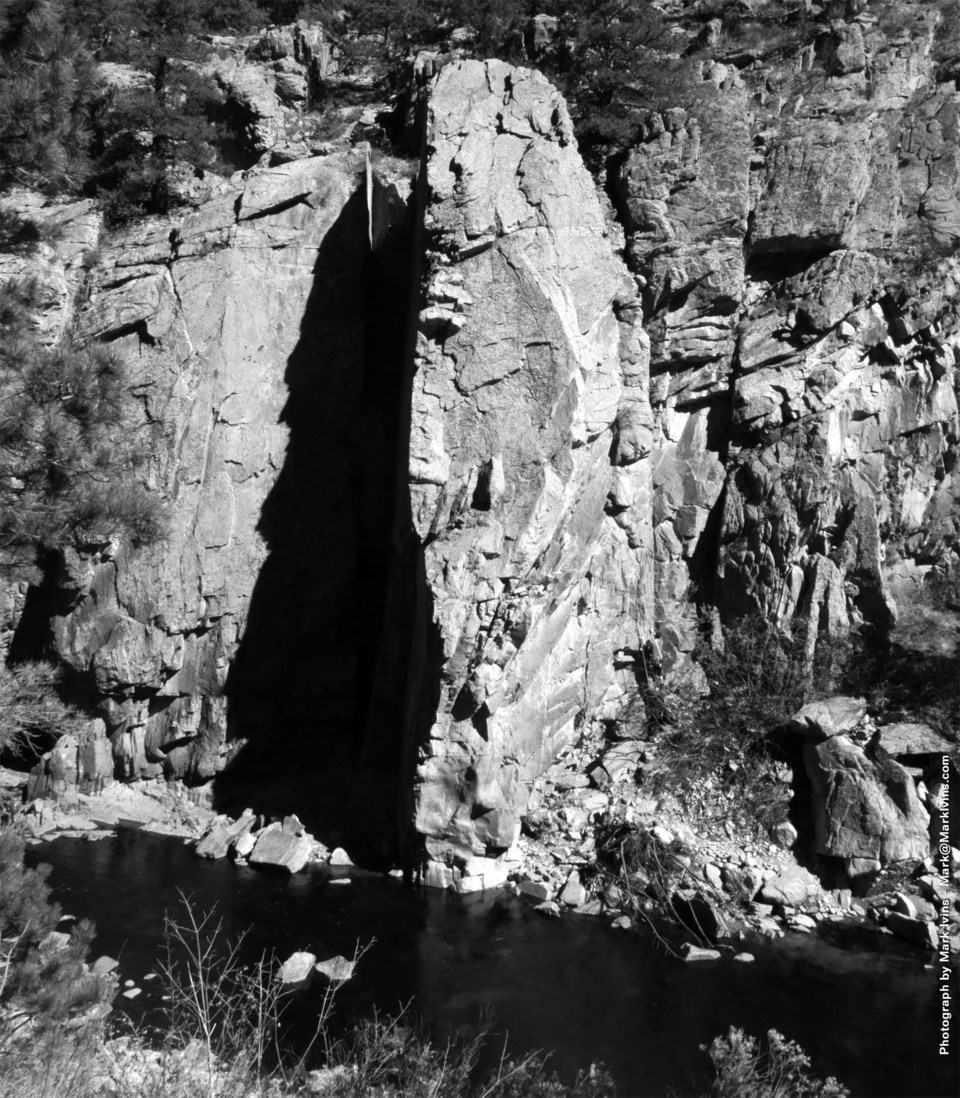A special crew of chain saw operators will work this summer to protect a main source of drinking water for Longmont as well as generating a free source of firewood for residents.
An agreement between the city of Longmont and Larimer County, allows the Larimer County Conservation Corps to unleash its “sawyer labor” force on forest health restoration and wildfire risk reduction project at Button Rock Preserve this summer, according to a city staff report to the city council.
Button Rock Preserve is a 3,000-acre protected watershed managed by Longmont that surrounds Ralph Price and Longmont reservoirs, the primary drinking water source for over 100,000 people in Longmont and Lyons, the staff report states. Button Rock is located between Lyons and Estes Park near the boundary of Boulder and Larimer counties.
The sawyer labor crew would treat 10-14 acres creating a buffer around utility lines, building upon past treatments, and improving defensible space to stave off wildfires near the city’s drinking water infrastructure, Pryce Hadley, Longmont’s senior watershed ranger and the overseer of the sawyer labor crew, said via email.
The wood generated by the cutting will be distributed to residents as free firewood and for ecological restoration on public lands.
The project will take place near Sleepy Lion Trail, Hadley said. The sawyer crew employs 18-25 year-old-crew members certified to operate chainsaws and trained in wilderness first aid, she said.
“This is a specialized labor specific to forestry work,” Hadley said. “The crew has been contracted using savings in the 2022 budget and will work closely with the Watershed Rangers to complete the project.”
The $48,000 project is funded by savings in existing line items in the 2022 Water Resources budget, the city staff report states.
The Mullen Park site was partially thinned in 2017, but the forest remains overly dense and prone to infestations, including dwarf mistletoe, or mountain pine beetle as well as wildfires, Hadley said. “The 2022 project will help reduce stand density for a healthier and more fire resilient forest,” she said.
Longmont and Boulder County — along with other municipal, regional, state, and federal partners — are parties to a 2020 Memorandum of Understanding for Collaboration and Coordination to Improve Forest Health and Reduce Wildfire Risk in Boulder County, the staff report states.



